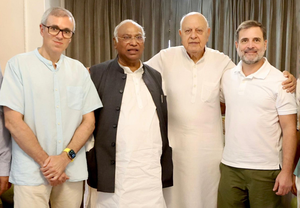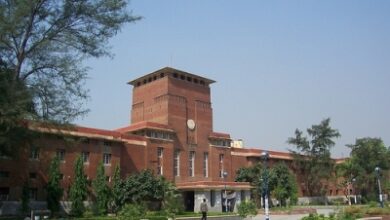
MUMBAI (Reuters) -The Reserve Bank of India (RBI) is proposing expanding the reach of the popular Unified Payments Interface (UPI) digital payments system by allowing credit to be offered via pre-approved bank lines.
“This initiative will further encourage innovation,” RBI governor Shaktikanta Das said on Thursday during the announcement of the central bank’s monetary policy decision.
UPI is an instant real-time payments system that allows users to transfer money across multiple banks without disclosing bank account details. Its popularity is seen to have reduced the usage of cash and debit cards for daily transactions.
UPI is an instant real-time payments system that allows users to transfer money across multiple banks without disclosing bank account details.
“UPI, which currently involves transactions between deposit accounts or wallets, will now expand further to credit lines given by banks,” RBI deputy governor Rabi Sankar said at a press conference after the central bank’s monetary policy decision.
The move could potentially reduce the number of cards held by a customer, Sankar added.
UPI’s popularity is seen to have reduced the usage of cash and debit cards for daily transactions.
In March 2023, UPI recorded 8.65 billion transactions, amounting to 14.05 trillion rupees, its highest-ever since inception, data from the National Payments Corporation of India showed.
In a bid to boost digital payments, the RBI recently allowed RuPay credit cards to be linked to UPI. This was to enable customers to link their credit cards and pay via UPI.
By allowing banks to offer customers a pre-approved credit line, UPI accounts could now offer an alternative to credit cards, said Srinath Sridharan, an independent policy researcher. “It could change the way banks look at credit cards.”
Commenting on India’s digital infrastructure, the IMF said on Thursday, “Using this digital infrastructure India was able to quickly provide support to an impressive share of poor households during the pandemic. In the first months of the pandemic about 87 per cent of poor households received at least one benefit.”






